
A photo of Teddy Girl Iris Thornton taken in Canning Town in 1955 by Ken Russell, released to publicise an exhibition of the late film director’s work at Oxford’s North Wall Art Centre in February 2017. Image © Ken Russell/Topfoto.co.uk
Oxford’s North Wall Art Centre is currently hosting Ken Russell’s Teddy Girls & Boys – an exhibition of 50 photographs of teddy girls and boys, taken by ground-breaking film director, Ken Russell, brought together for the first time.
One of the pictures released to promote the exhibition features a range of comics on sale back in 1955 in the background, some reaching the UK as ships’ ballast or via American GI bases, which prompted a fair bit of detective work and interesting insights from downthetubes readers and comic fans after a social media appeal.
Before finding fame as a director of films such as Women in Love, Tommy and The Devils, Russell, who died in 2011, worked as a freelance photographer, and began taking photographs in 1951, aged 23. Although the photographs in the exhibition – all take in 1955 – are among of the first photographs to capture fledgling youth culture in London, they remained unseen for 50 years, and were only rediscovered in an archive in 2005.
Russell was introduced by his future wife Shirley to fellow fashion student and Teddy Girl Josie Buchan, through whom he met the Teddy Girls who became his subjects in the photo essay “The Last of the Teddy Girls” published in Picture Post (4 June 1955), where some of the pictures in the exhibition were first published.
The Teddy Girls (also known as Judies) and boys are photographed on London streets, at funfairs, at stage doors, leaning on graffiti-covered brick walls, on derelict East End bomb sites and outside the Seven Feathers Club where they did the popular Ted dance, The Creep.
Ken Russell has been described by film critic Mark Kermode as “someone who thought with his eyes”. Russell himself called his photographs his ‘still films’.
The images, are exceptional as they feature mostly girls, often staring directly and defiantly at the camera.
“No one paid much attention to the Teddy Girls before I did them, though there was plenty on teddy boys,” noted Russell. “They were tough, these kids, they’d been born in the war years… they knew their worth. They just wore what they wore”.
Long lost photographs of Teddy Girls & Boys taken by Oscar winning Director Ken Russell over 50 years ago go on show at @TheNorthWall today. pic.twitter.com/yLt9JnvIz4
— BBC Oxford (@BBCOxford) February 1, 2017
One of the teddy girls pictured is seen standing in front of what’s described as a “comic stall” in January 1955, selling a mixture of US, British and Australian comics. This prompted a search to try and identify which comics were on display after a tweet from BBC Radio Oxford promoting the exhibition. Doctor Who comics cover artist Will Brooks tagged me in a response, suggesting it would be interesting to know more about the comics, and who was I not to oblige him?
(Look, it’s just the way some of us are wired, OK?)
However, immersed in a still unannounced project for Titan Comics, I turned to brains far more knowledgeable about 1950s US comics than mine, plugging the exhibition on my own Facebook, the Mighty World of British Comics and the Comic Book Historians groups.
The responses revealed an interesting mix was on sale for the princely sum of 3d (about two pence) each – and while some of the comics were indeed US and Australian imports, some British comics might well have been on sale in this unidentified shop in Edenham, London.
“There were definite attempts among UK publishers to suggest some of their comics were American by having a 10 cent price,” notes comics fan Frank Motler. “Import restrictions (until 1958) meant a long shelf life for US style comics.”
(Presumably there was a greater social cache to carrying a US comic in your pocket rather than the Eagle or Girl at the times among some teenagers).
So let’s get down to what we can identify on display..
On the top left is Roy Rogers Comics #59, published by Dell in November 1952. First published in 1948, this comic featured the popular western actor and his possibly even more popular horse, Trigger.
Below Roy Rogers is an unidentified copy of L. Miller & Sons Family Favourites Comic Weekly, one of two on display. This reprint tile featured numerous US newspaper strips compiled for an English audience, including Gasoline Alley, Lil’ Orphan Annie and Dick Tracy.
Next to be identified is an Australian title, King of the Mounties #40, published by Atlas, a company founded in 1948, but which ceased trading in 1958. The Aus Reprint web site notes that although Atlas launched with Captain Atom, a full colour Australian comic, its output was largely US and UK newspaper strip reprints. It produced some further original material and comics reprints from US companies such as ACG, Magazine Enterprises, Youthful and Prize.
Right next to King of the Mounties is a copy of Kent Blake of the Secret Service, a title that was possibly edited by Stan Lee for its US edition. The issue on display is an Australian edition (#8) with its own cover. The series was also re-published in Canada.
Continuing along we have The Amazing Adventures of Buster Crabbe #3 , published in April 1954 by Lev Gleason Publications under its Junior Readers’ Guild imprint, starring the 1928 Olympic swimming medalist noted for playing Flash Gordon, Buck Rogers, and Tarzan. In this exciting issue he appears to have taken on the role of jungle dentist. The title ran for just four issues, but a previous title, Buster Crabbe, ran for 12.
The issue, out of copyright and available to read online, includes stories credited to Mort Leav, best known as co-creator of the influential comic-book character the Heap, and for his advertising art. This would appear to be one of the last comic books he drew before leaving the field; and Alex Toth and Mike Pepe, who bring Buster face to face with “The Monsters of Callisto”.
Also on sale: Jungle Jim #1, published by Calvert in Australia. Aus Reprint notes “Jungle Jim” began as a newspaper strip in 1934. It was the creation of Flash Gordon artist Alex Raymond and Don Moore and spawned both a 12-part movie serial from Universal Pictures in the 1930s and a 26-episode syndicated adventure television series which aired from 1955 till 1956, starring former Tarzan actor Johnny Weismuller, as Jim “Jungle Jim” Bradley, a hunter, guide, and explorer in, primarily, Africa.
This comic appears to be based on the Dell comics, while the newspaper strips were reprinted in Australia’s Chucklers Weekly around the same time.
We can also identify copies of Terry Lee and the Secret Agents – an Australian reprint of Terry and the Pirates, the action-adventure comic strip created by cartoonist Milton Caniff, published by Australia’s Calvert in late 1954 – and Sir Falcon #1, another Australian comic import.
Between the Kent Blake and Terry Lee titles is War Heroes #6, published Blue Diamond Publishing Co. Australia (thanks again, AusReprints!).
Aus Reprint notes Sir Falcon, was first published by Frew Publications in 1954. The character was the creation of Peter Chapman, who died last year aged 91, who both write and drew the strip. The character was heavily modelled on The Phantom, which still remained the company’s best-selling title.
Chapman’s career spanned the “golden age” of Australian comics, first working as a comic-book writer and artist for Frank Johnson Publications (Sydney) in the mid-1940s. In time, he became one of the most prolific comic-book artists of the post-war era, but he is best known for his enduring association with Frew Publications.
Finally – and we’re not certain – it’s possible that the issue of Superboy some of you may have spotted is #31, published in March 1954, featuring cover art by Tom Grummett. But we admit it, we may be reaching, here.
Oh, and the Teddy Girl in the picture? Well, yes, that is pretty important. She’s the elegantly-dressed Iris Thornton, then 17, from Plaistow.
“When I was 13 I started going to the Mayflower youth club every day after school,” she recalls in an interview with Eve Dawoud quoted here on Flashbak. “You could take classes in deportment and cookery, there was a hairdressers and sports activities to get involved in.
“One day, two years later, Ken Russell came and asked if there were any Teddy girls there to photograph. There weren’t many Teds in my area, just a few of us so we turned heads. You would walk past people on the street and hear them saying ‘Oh god, look at what they are wearing!’ Which made me chuckle.”
She and her friend Pat Wiles chose more elegant styling to their Teddy Girl outfits than some. Wearing a distinctive combination of wide-brimmed hats with netting in the style of late 1930s, echoing the much larger and more elaborate hats of the Edwardian era, an umbrella almost always belonged to their outfits.
“The photos were taken where I lived in Canning Town, this area was called the Docklands Settlement,” says Iris. “I lived at home with my parents and older sister and brother, it was a prosperous working class area because of the docks on the River Thames. In 1955 I left school and went to work with my sister in a factory. At the time I was happy to leave, thought it was marvellous. But then after a little while I wished I has still been in school, work was so boring.”
• Ken Russell’s Teddy Girls & Boys runs until 18th February 2017 at the North Wall Art Centre, South Parade, Oxford OX2 7JN. Admission Free
The North Wall Gallery is open from Monday – Friday 10.00am – 4.00pm, and from 12 noon – 4.00pm on Saturdays. Sundays and Bank Holidays: normally closed, except for theatre events. Web: www.thenorthwall.com
• There’s a gallery of the photographs released for publicity purposes here on Dazed
• You can read more about Teddy Boy and Girl fashion here on Literary London (PDF)
• For more shots of British kids enjoying reading comics, pick up a copy of Paul Gravett’s Great British Comics
With thanks to Will Brooks for the tip-off about the exhibition; and Jack Caramac, Trevor Clark, David Brunt, Simon Doyle, Frank Motler and Anthony Pafford
Images © Ken Russell/Topfoto.co.uk – the image above appeared on several web sites as part of publicity for the exhibition
The founder of downthetubes, which he established in 1998. John works as a comics and magazine editor, writer, and on promotional work for the Lakes International Comic Art Festival. He is currently editor of Star Trek Explorer, published by Titan – his third tour of duty on the title originally titled Star Trek Magazine.
Working in British comics publishing since the 1980s, his credits include editor of titles such as Doctor Who Magazine, Babylon 5 Magazine, and more. He also edited the comics anthology STRIP Magazine and edited several audio comics for ROK Comics. He has also edited several comic collections, including volumes of “Charley’s War” and “Dan Dare”.
He’s the writer of “Pilgrim: Secrets and Lies” for B7 Comics; “Crucible”, a creator-owned project with 2000AD artist Smuzz; and “Death Duty” and “Skow Dogs” with Dave Hailwood.
Categories: downthetubes News, Events, Exhibitions


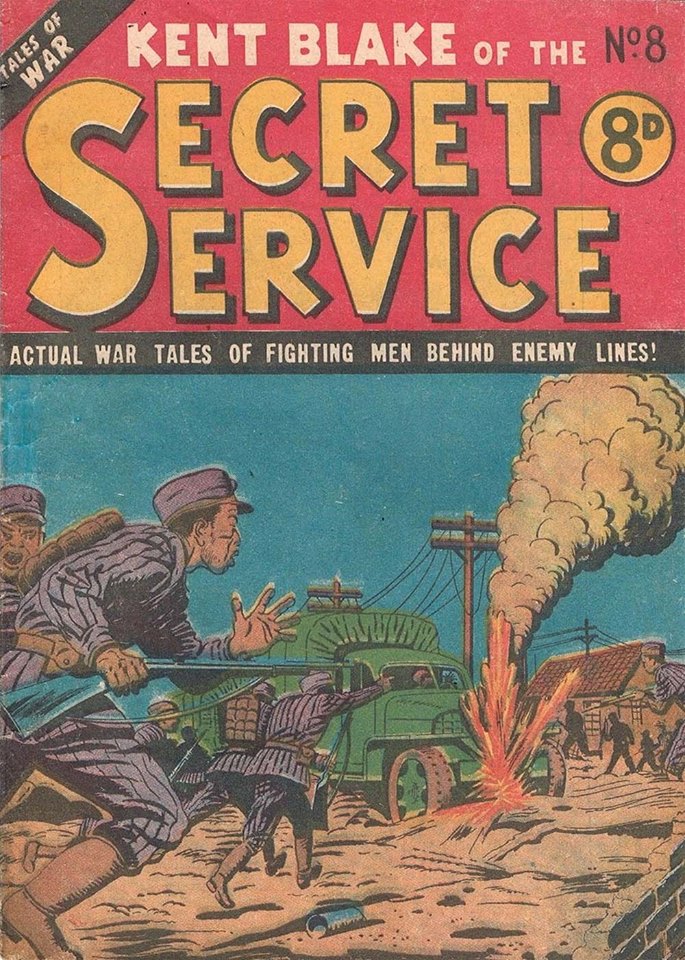
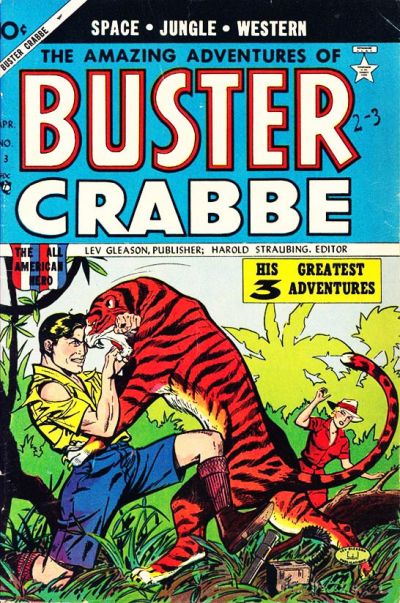

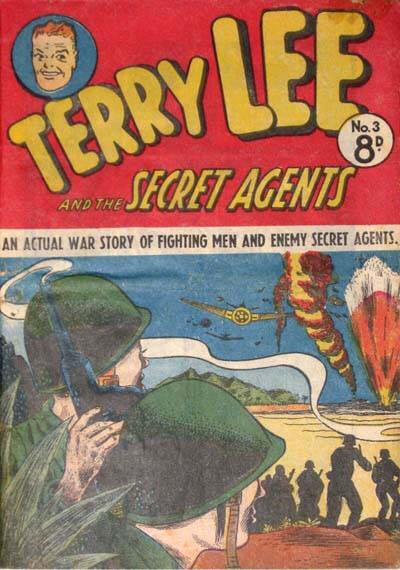
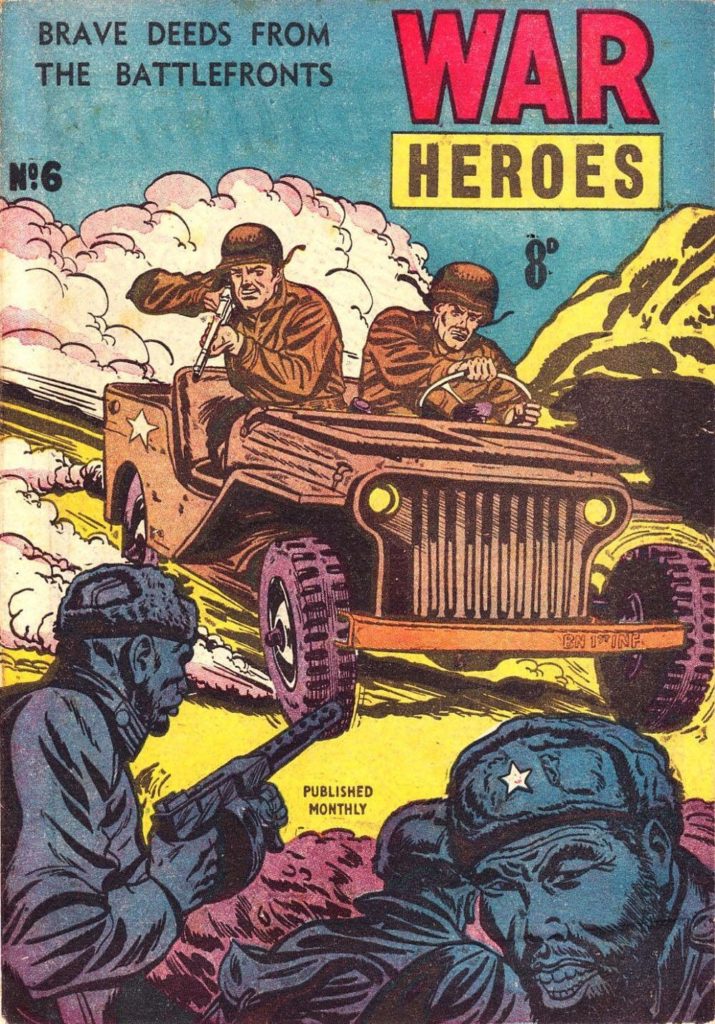
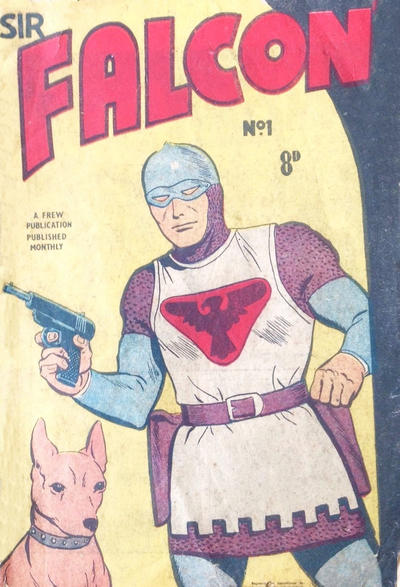
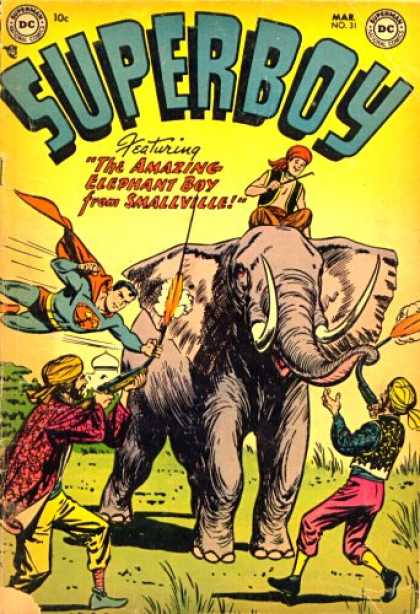
 Chris Foss: A Sci-Fi Journey Exhibition proves a hit for Art for Guernsey Gallery
Chris Foss: A Sci-Fi Journey Exhibition proves a hit for Art for Guernsey Gallery  KAPOW! Michigan Mighty Mythos exhibition features British sculptor’s superhero art, and much more
KAPOW! Michigan Mighty Mythos exhibition features British sculptor’s superhero art, and much more  What, Me Worry? At of MAD exhibition at the Norman Rockwell Museum
What, Me Worry? At of MAD exhibition at the Norman Rockwell Museum  Lillie Art Gallery hosts “Comics Stripped” exhibition in Scotland this summer
Lillie Art Gallery hosts “Comics Stripped” exhibition in Scotland this summer